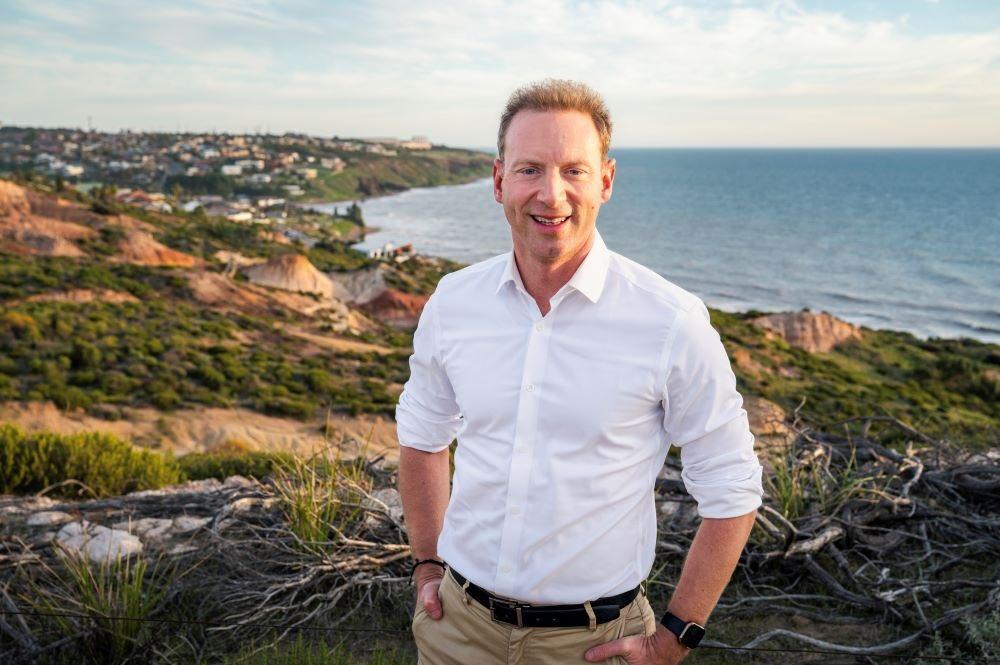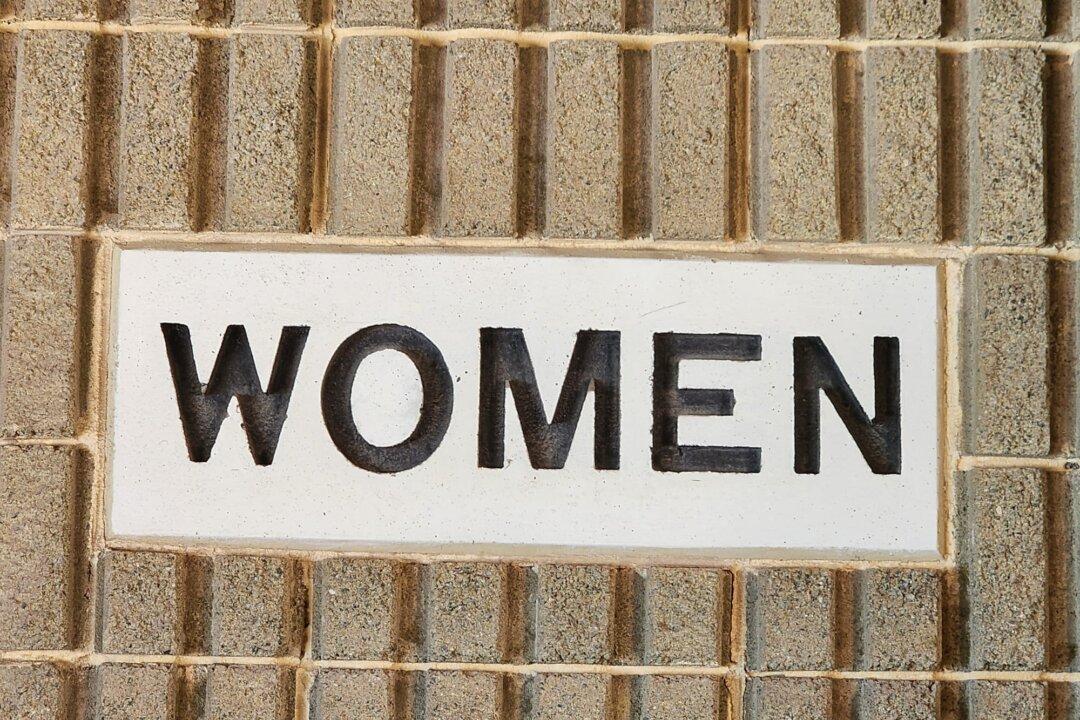With many of the federal government’s Closing the Gaps targets yet to be met, Prime Minister Anthony Albanese announced a scheme to cap the price of 30 essential grocery items in remote areas as cost of living measure for Indigenous communities.
The limit will apply to products including milk, bread, rice, chicken, toothpaste, and toilet paper across 76 remote stores, ensuring they cost no more than in the cities. The plan also involves boosting warehouse capacity to secure supply chains.
Consumer advocacy organisation CHOICE recently found that the average cost of nine essential items, including apples, flour, full-cream milk, and beef mince, across Woolworths, Coles, Aldi, and IGA was $44.70 (US$28). The same shopping basket would have cost more than double in the four remote communities it studied, at $99.38.
Minister for Indigenous Australians Malarndirri McCarthy said the price caps would help reduce the cost of living for many in remote communities. Making healthy food cheaper would also address crucial health outcomes.
“We have high rates of chronic kidney disease, rheumatic fever [and] diabetes,” she told the ABC. “What we want to see is food products that actually assist as well in healthy living.
Transport Infrastructure Needed: Minister
McCarthy said the major factor in the price difference between sites and remote areas was transport.“This is ... largely due to [the] food supply chain you would have seen, and we do currently, with flooding, with extreme temperatures. We see roads cut off. We see bridges collapse. Lots of issues create difficulties for those food supplies to get into our communities across the country,” she said.
Consistent Gap
While the Aboriginal communities affected will appreciate making a trip to the local store more affordable, the latest Closing the Gap report reveals just five targets are on track to being met.It comes after the federal government on Feb. 7 announced more than $800 million for the Northern Territory Remote Aboriginal Investment, which will go towards services such as policing, women’s safety, education, and alcohol harm reduction.
Opposition Indigenous health spokeswoman Kerrynne Liddle said it was not surprising Closing the Gap targets were not being met.
“The prime minister flagged last week that we’re going to see no real improvement in this Closing the Gap report in some areas,” she told ABC TV.
“In those areas, we’ve seen the cashless debit card taken away, we’ve seen alcohol restrictions lifted in the Northern Territory. We’ve seen people trying to deal with this terrible cost-of-living crisis.”
Liddle said the pricing of essential grocery items in remote areas was “outrageous.”
However, she would not say whether the Coalition would continue to impose a similar price cap should the opposition win the next election.






